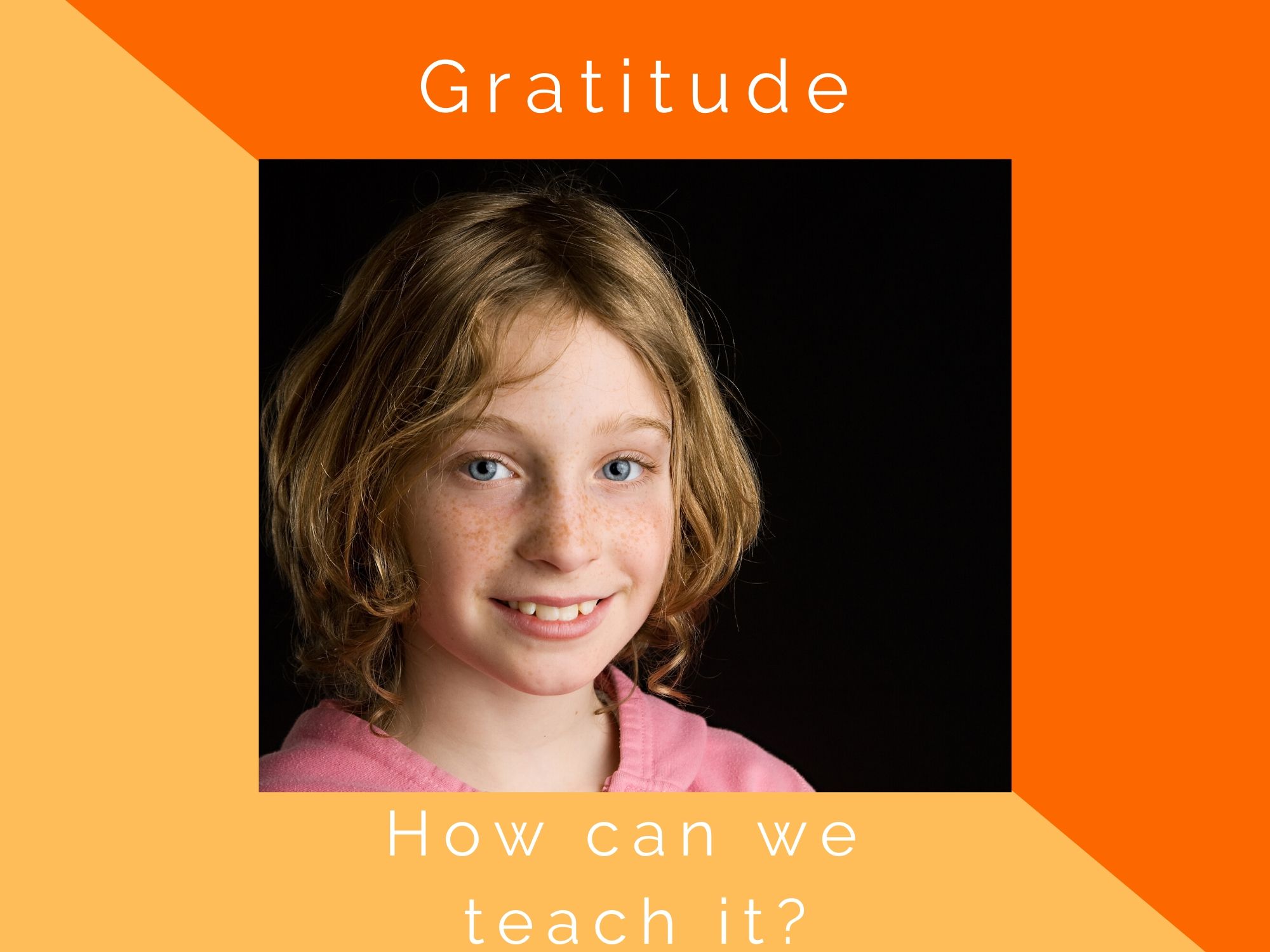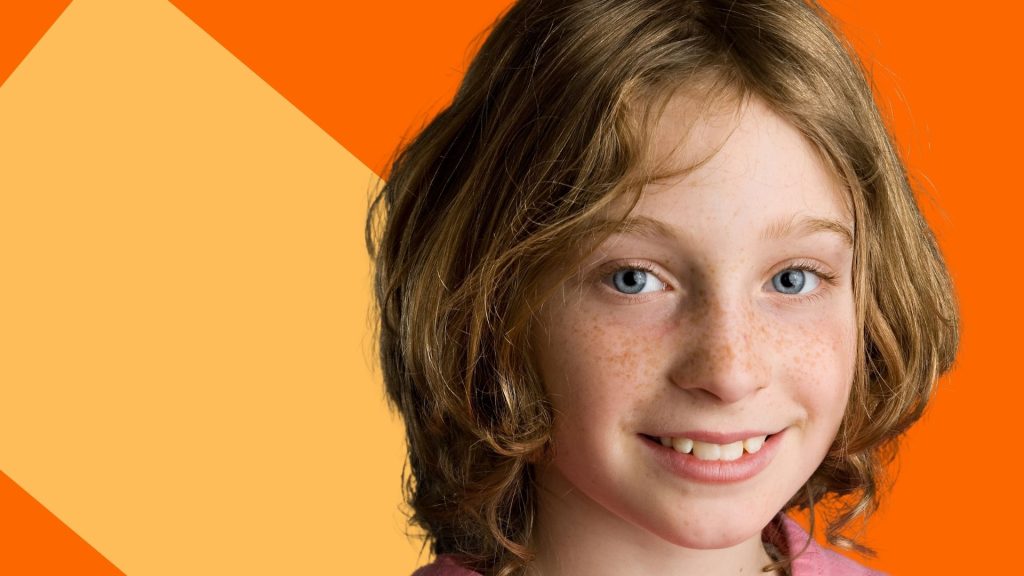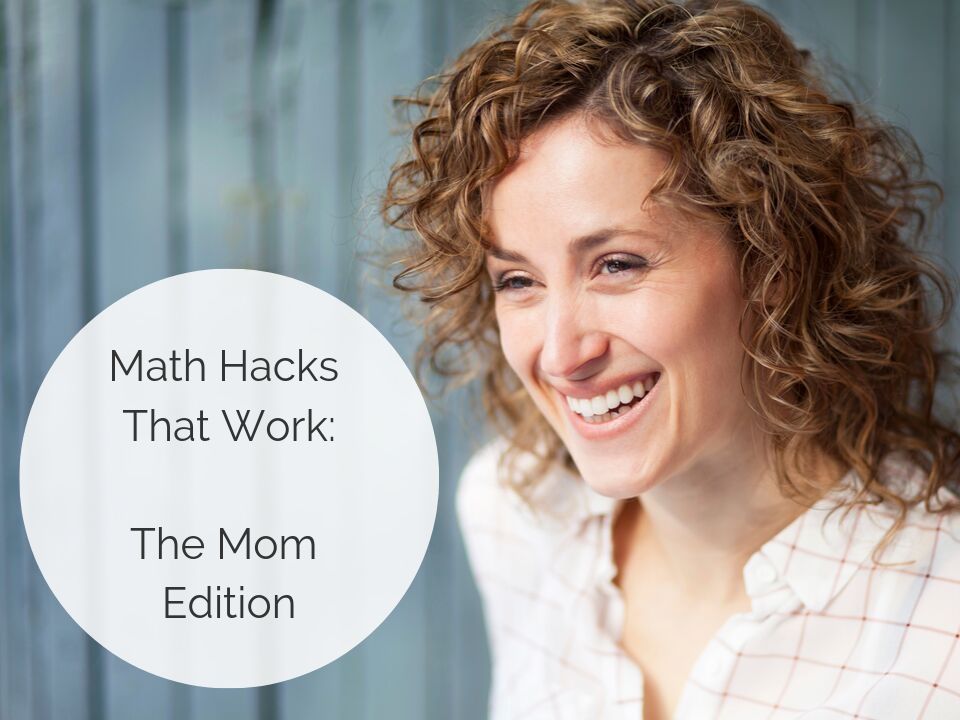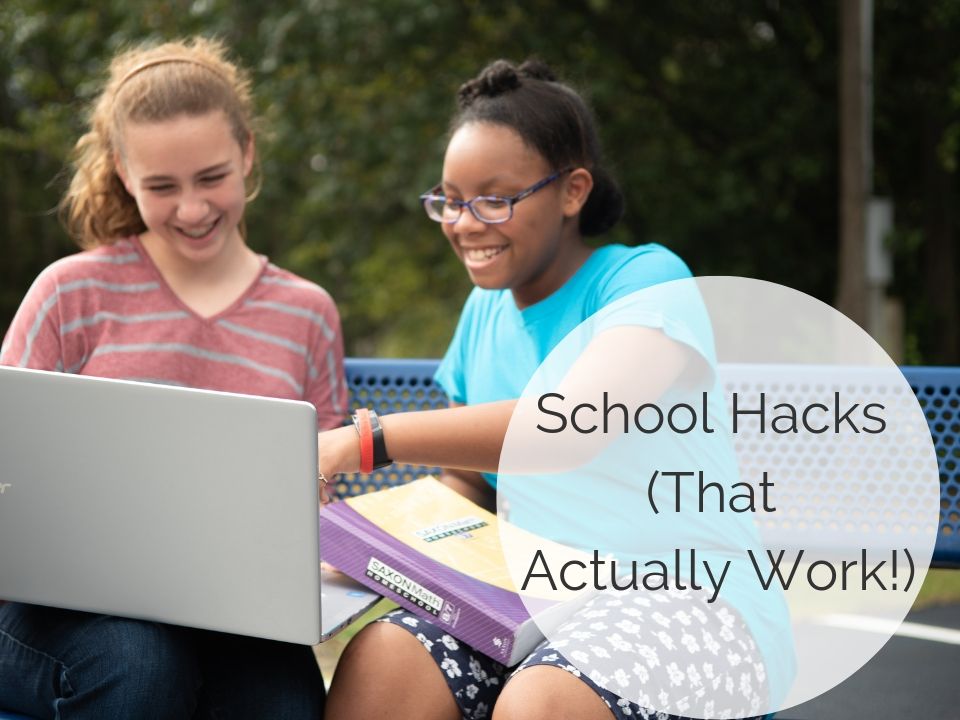Hey there! How’s it going? Thanksgiving is coming on us fast and I’m so encouraged by how many of you have responded to my Gratitude Challenge! I’m getting some really amazing responses from so many kids (and even some parents)!
But as we go into Thanksgiving week, I want to take a moment to explore how to handle things when your kids just aren’t feeling the gratitude. Teaching your kids to say “thank you” when grandma gives them a gift or when a friend is kind is pretty standard. But is it enough?
It can be hard to teach someone–even an adult–how to be thankful when they aren’t feeling it naturally.

That’s why I was so excited to find research that suggests that yes, true gratitude on a deeper level can actually be taught! I’m a natural teacher and encourager, so I love that there are effective ways to show children how to stop and truly consider what gifts they have in their life. Here are four things this research from UNC-Chapel Hill suggests we need to help our children do:
“NOTICE: What have you been given or what do you already have in your life for which you are grateful? Are there gifts behind the material gifts for which you are grateful, like someone thinking about you or caring about you enough to give you the gift?
THINK: Why do you think you received this gift? Do you think you owe the giver something in return? Do you think you earned the gift because of something you did yourself? Do you think the gift was something the giver had to give you? If you answered no to these questions, then you may be more likely to be grateful.
FEEL: Does it make you feel happy to get this gift? What does that feel like inside? What about the gift makes you feel happy? These questions help the child connect their positive feeling to the gifts that they receive in their lives.
DO: Is there a way you want to show how you feel about this gift? Does the feeling you have about this gift make you want to share that feeling by giving something to someone else? Prompting children after experiences of gratitude in order to motivate acts of gratitude, whether they be acts of appreciation or paying it forward, may help children connect their experiences and actions in the world.”
Wow. I look at all that and I think, “It’s so simple. And so deep. But NOT easy all the time!” However, can you imagine what the world would be like if we could train our children to notice, think, feel, and then act on their gratitude? It gives me all kinds of hope just to consider it!
I hope this helps you. Together, perhaps we can raise a couple of generations of kind, thoughtful, grateful people (who also happen to be slaying it at math, too).
Talk to you soon,
Nicole the Math Lady
Want to send in a response to my Gratitude Challenge? Here’s all the info. Can’t wait to hear from you!



